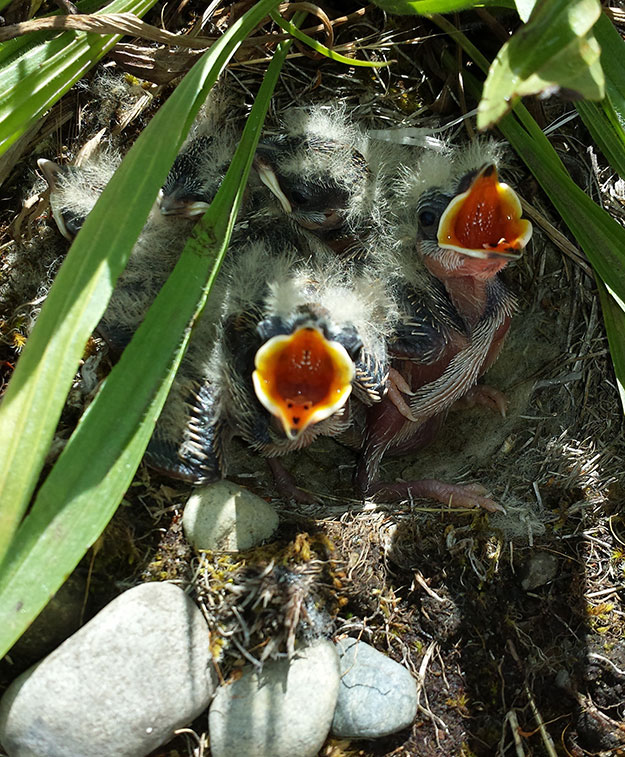At about 90,000 acres, Joint Base Lewis-McChord (JBLM) is the third largest installation in the Army and home to about 40,000 soldiers and airmen. The base supports artillery and maneuver training, land-warrior system testing, an operational airlift mission while also home to a rare ecosystem, the South Sound Prairie.
This endangered ecosystem is home to several species of concern, including endangered animals and plants.
The streaked horned lark is a federally threatened species. It is a small ground nesting bird, which makes it especially vulnerable to recreation and military training impacts. It is found in open prairies, sparsely vegetated areas in the Willamette Valley, Puget Sound prairies, on sandy islands in the Columbia River and along the Washington coast.

Nesting behaviors begin in late March, with first eggs being laid in April, and continuing into late August. They will often re-nest in late June or early July. The nest consists of a shallow depression built near native vegetation and lined with fine dead grasses.
The female commonly lays one to five (on average three) greenish or grayish eggs speckled with brown. Young streaked horned larks leave the nest by the end of the first week after hatching and are cared for by the parents until they're about four weeks old, when they become independent. Nest success is often very low due to predation and being crushed by vehicles and other human activities.
Besides limited habitat in the South Puget Sound, there are many threats to this population, to include loss of genetic diversity, low survival and reduced fecundity and nest success. On JBLM, biologists support the streaked horned lark with restricted seasonal training in areas known to have the birds nesting. The majority of larks in the Puget Sound region are on JBLM, and there are an estimated 252 individuals (Keren and Pearson 2016).
JBLM supports military training while hosting 90 percent of the remaining prairie habitat in the South Puget Sound. Through the Sentinel Landscapes Partnership, the Departments of Agriculture, Interior and Defense work with a variety of partners to promote working lands, protect wildlife species and habitat and ensure military readiness at the base.
Multiple properties with remnant prairie, including state- and county-owned lands and private lands purchased in-fee from willing sellers, are being managed as conservation preserves where native prairie is restored and the ESA-listed species are conserved or reintroduced. Together, they hope to ensure the viability of JBLM's mission, imperiled species and working agricultural land in the South Puget Sound.





Read Comments